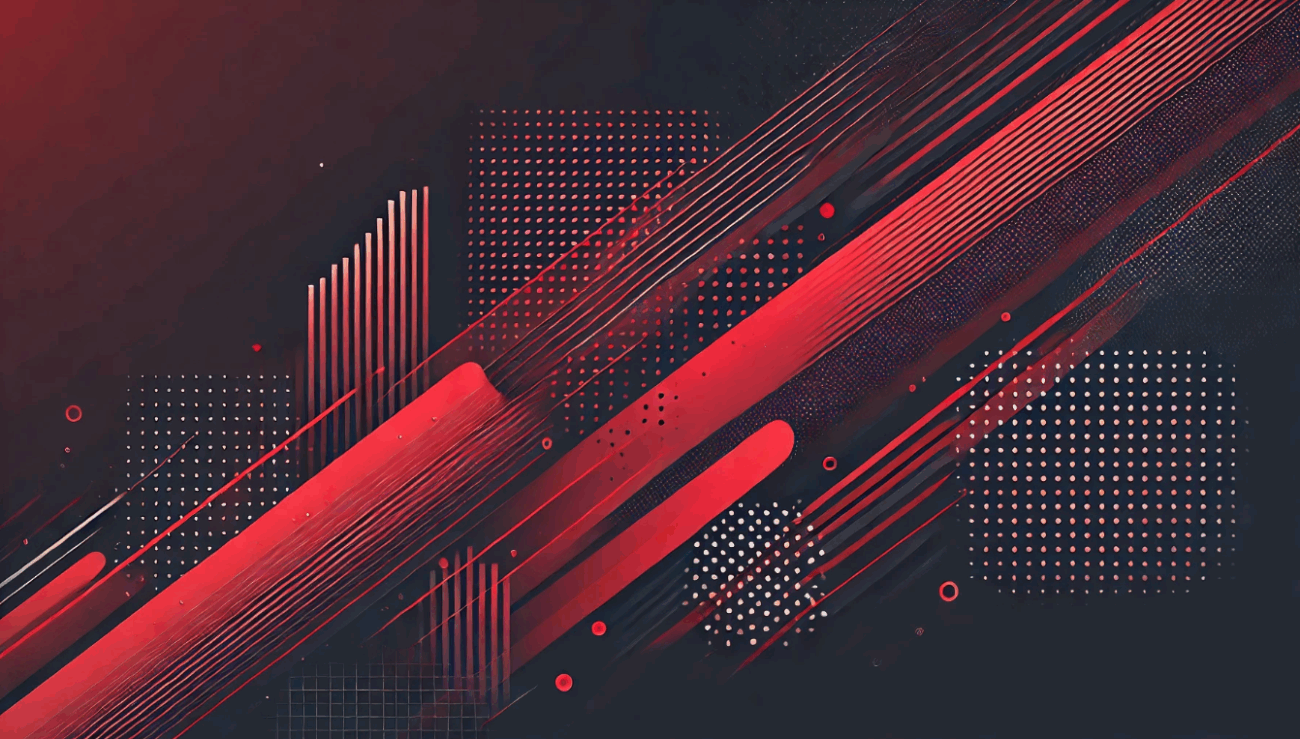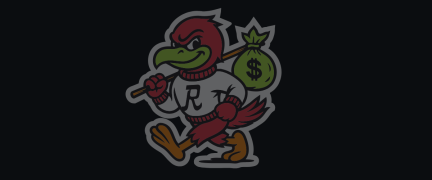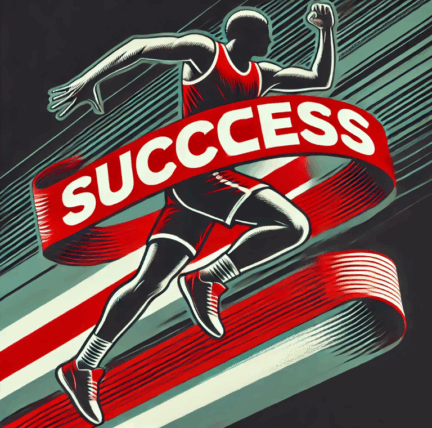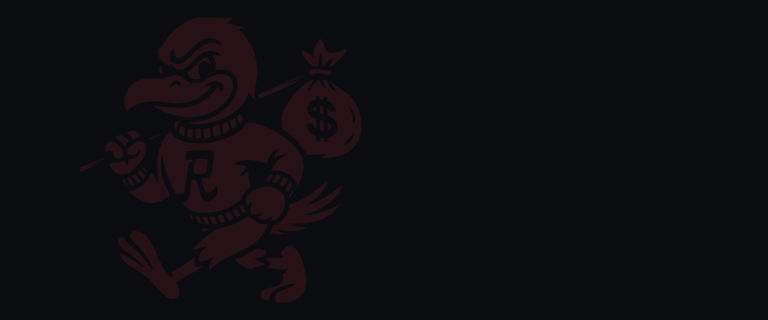We map the choices that fans and supporters face when backing collegiate talent. Crowdfunding offers a community-driven route, while NIL Platforms provide structured discovery, clear “From $” pricing, and secure workflows. Examples from Texas Longhorns to Nebraska Cornhuskers show starting tiers like “From $10,” “From $25,” and “From $36” across football, women’s basketball, baseball, and more.
NIL Platforms
Both paths can boost an athlete’s visibility and financial stability. A direct drive builds grassroots momentum. A curated match aligns a brand with tailored storytelling and measurable marketing outcomes.
We will explain when a one-to-many funding push fits and when a marketplace-style engagement is smarter. Expect clear guidance on safe contracts, screening, and scaling outreach so you can support athletes effectively and compliantly.
How Crowdfunding and NIL Platforms Differ in Getting Support to Athletes
Crowdfunding and curated brand deals route funds and attention to athletes in distinct ways.
Direct crowdfunding relies on fans donating to a specific need. It can raise money quickly and build community momentum. Athletes must keep donors updated and tell a clear story to sustain support.
Platform-enabled partnerships connect brands and talent through structured agreements. Services like Icon Source let athletes create free profiles, browse campaigns, and receive secure payments. MOGL adds AI matching, contracts, and ROI tracking to professionalize engagements.
- Donor support prioritizes immediate relief and goodwill.
- Brand deals standardize pay per deliverable and scale exposure through paid and earned media.
- Influencer content—short videos, live streams, and social posts—expands reach beyond existing fan bases.
Feature | Crowdfunding | Platform Partnerships |
|---|---|---|
| Speed | Fast, grassroots | Moderate—requires matching and contracts |
Income predictability | Variable, event-driven | Consistent per deliverable |
Operational lift | Athlete-led outreach | Streamlined matching, negotiation, payment |
Legal and Ethical Ground Rules in the United States, present
We recognize that college compensation for a public persona is permitted today, but the rules are not uniform. State law, conference guidance, and institutional policies shape what is allowed.
Basics: college athletes may monetize their name and image under current guidance that began in summer 2021. Each engagement needs clear approval paths at the school level.
We recommend periodic policy reviews and athlete briefings so you can scale opportunities ethically and protect long-term eligibility and reputation.
NIL Platforms
Digital matchmakers make it faster for brands to discover and sign student-athletes. These ecosystems combine discovery, contract tools, and payment rails so you move from search to execution with less friction.
Icon Source
Icon Source offers free access through a website and mobile app. Athletes set up profiles that list sport, interests, and social links. Screened users and secure payments let brands and athletes negotiate, sign, and finish deals inside the dashboard.
MOGL
MOGL uses AI and first-party data to match brand criteria with athlete audiences quickly. Built-in contracts, payment rails, and deliverable review keep campaigns on schedule. Real-time ROI and audience insights help brands optimize spend and help athletes demonstrate performance.
Marketplace-style listings
Marketplace listings use “From $” pricing tiers to show starting expectations across sports and follower ranges. This discoverability spans football, volleyball, tennis, and more—so athletes at different visibility levels surface for relevant opportunities.
“Robust dashboards, screened users, and guided negotiation protect both parties and speed compliant deals.”
- Free access and intuitive app flows reduce setup time.
- AI matching and first-party data cut time-to-launch for targeted activations.
- Built-in contracts and payments reduce administrative friction.
Service Directory: Top Platforms and What They’re Best For
We present a concise directory to help you match needs with capabilities. Below you will find clear summaries of two leading services and real-world use cases that show speed, scale, and measurable results.
Icon Source
Icon Source is best for streamlined sourcing and execution. Athletes create free profiles, and screened users negotiate via a dashboard that supports secure payments.
MOGL
MOGL is data-first. AI matching, first-party audience data, built-in contracts, and deliverable tracking let brands launch campaigns quickly and measure ROI in real time.
Use cases and who benefits
Proof points: Boost Mobile executed the first legal college deal on day one. Crocs found five precise athlete fits from a pool of 400,000 profiles. The Players’ Lounge organized 100 partnerships across multiple schools and states.
| Service | Best for | Key features | Ideal user |
|---|---|---|---|
| Icon Source | Fast sourcing and execution | Free profiles, screened users, negotiation dashboard, secure payments | Athletes and brands seeking friction-free deals |
| MOGL | Data-driven activations | AI matching, first-party data, contracts, real-time ROI | Brands needing measurable results |
| Case Programs | Large-scale discovery | High-volume talent pools, multi-school reach | Teams, colleges, and multi-market campaigns |
We advise comparing onboarding ease, feature depth, and proven results when you shortlist partners. This helps ensure campaign alignment with athlete goals and institutional safeguards.
How NIL deal workflows compare to crowdfunding
The path from discovery to payment looks different when you compare formal brand deals with community-funded campaigns. We outline each flow so you can choose the best route for an athlete and their supporters.
Platform-style workflow
Create a profile, let brands discover you, and browse open campaigns.
Negotiation occurs inside a dashboard where scope, timing and contracts are agreed. You sign, deliver content, and receive secure payment tied to milestones.
Apps and web access centralize messages, approvals, and timelines. Post-campaign reporting—especially with real-time insights—helps win renewals.
Crowdfunding flow
Set a clear financial goal and craft a compelling story for your community. Decide between one-time gifts or recurring support.
Mobilize outreach, post regular updates, and thank donors to maintain trust. Funds arrive as contributions and disburse based on the campaign’s rules.
- Key contrast: deals follow milestone deliverables and formal approvals; crowdfunding requires ongoing stewardship and frequent updates.
- Operational note: platform work demands creative scheduling; crowdfunding demands outreach and community care.
- Hybrid tip: use donations for immediate needs and structured campaigns to grow long-term visibility.
“Clear scope, secure processing, and measured outcomes make formal engagements scalable and compliant.”
When to choose crowdfunding, when to choose a platform
Deciding the best route often comes down to whether speed or scale matters most. We outline practical cues so you can pick the right way for immediate needs or longer-term growth.
Best for athletes: choosing the fit for sport, audience, and goals
Use crowdfunding when you need rapid, community-centered funds for travel, training, or gear. It works well for niche sports and athletes early in audience growth.
Use structured deals when you can deliver repeatable content and want a professional portfolio. Icon Source’s case outcomes show how brand work can scale exposure and renewals.
Best for brands: picking the platform for scale, contracts, and ROI
Choose a platform when your campaign needs clear deliverables, contract controls, and measurable ROI. MOGL’s AI matching and real-time reporting help launch targeted activations fast.
- Decision matrix: audience size, time to execute, compliance confidence, storytelling depth.
- Pilot first: run a short crowdfunding sprint or a single paid deal to test response.
- Mixing models: crowdfunding meets urgent needs; platforms build sustained exposure and referenceable work.
“Align resources, risk tolerance, and desired outcomes before committing to a method.”
Conclusion
Deciding how to support a college athlete means balancing short-term need with long-term growth. U.S. rules allow monetizing a student’s name and image, creating two clear options: community crowdfunding for urgent costs, or curated brand engagement for sustained income and exposure.
Services like Icon Source offer free access via web and mobile, screened users, and secure payments. MOGL adds AI matching, built-in contracts, and deliverable tracking to speed fit and measure marketing impact.
Crowdfunding fuels immediate, mission-driven support. Platform-enabled deals help athletes build portfolios, audiences, and repeatable income. We recommend a blended approach: use donations for near-term needs while cultivating brand opportunities for lasting returns.
Document scope, timelines, and rights, follow institutional guidance, and measure results. Choose the route that fits your goals, then iterate for sustained success—supporting athletes the right way.
FAQ
Crowdfunding vs NIL platforms — which is better for supporting college athletes?
Both options serve different needs. Crowdfunding offers direct fan support and is ideal for short-term goals or personal expenses. Platforms connect athletes with brands for paid campaigns and longer-term income, plus contract support and compliance tools. Choose based on the athlete’s audience size, time horizon, and need for professional negotiation.
How do direct donations differ from brand-backed deals and influencer marketing?
Direct donations are person-to-person contributions with few strings attached. Brand-backed deals involve contracts, deliverables, and often creative direction from marketers. Influencer marketing emphasizes audience activation and measurable results, while donations focus on immediate financial support rather than performance metrics.
How do these options affect athlete income, reach, and long-term opportunities?
Crowdfunding can provide quick cash and strengthen community ties. Brand deals typically yield higher, repeatable income and expand reach through professional campaigns. Platforms can create sustained opportunities by connecting athletes with multiple sponsors and tracking audience data for long-term growth.
What are the core legal rules in the United States right now?
Athletes may monetize their name, image, and likeness, subject to state laws and institutional rules. Compliance requires clear contracts, disclosure of compensation, and adherence to NCAA or school regulations. Always document agreements and review eligibility rules before accepting deals.
What compliance considerations matter when structuring deals and campaigns?
Key elements include written contracts, scope of deliverables, exclusivity clauses, tax reporting, and university approval if required. Brands and athletes should verify agent representation, payment terms, and content rights to avoid eligibility or legal issues.
What features do leading platforms offer to athletes?
Top services provide profile creation, verified access, built-in contracts, secure payments, and negotiation support. Apps often include screening to protect athletes and tools to manage deliverables, making it easier to convert interest into paid campaigns.
How does AI matching benefit campaigns?
AI matching speeds discovery by aligning brand objectives with athlete audience signals and engagement metrics. It improves campaign fit, reduces search time, and helps brands forecast ROI using first-party data and performance indicators.
What does a marketplace-style listing look like?
Listings present athlete profiles with pricing tiers such as “From $” rates, deliverable options, and audience stats. This format simplifies discovery for brands and clarifies expectations for compensation and campaign scope.
Which platforms are best for streamlined athlete-brand deals via web and mobile?
Look for services that offer both website and mobile access, profile screening, contract templates, and secure payment processing. These features make onboarding faster and reduce administrative friction for athletes and brands.
Who benefits most from AI-powered matching and audience insights?
Brands running multiple campaigns and athletes seeking targeted deals benefit most. AI tools help brands scale outreach and help athletes find better-fitting opportunities that align with their followers and content style.
Can you give real use cases showing results from platform campaigns?
Examples include early college partnerships for consumer brands, sportswear collaborations with athlete influencers, and cross-school collectibles or NFT projects. Successful campaigns often combine clear deliverables, authentic content, and measurable engagement.
What workflow should an athlete expect on a deal-focused platform?
Typical steps are: create a profile, get discovered by brands, negotiate contract terms, sign agreements, execute deliverables, and receive secure payment. Platforms may also provide performance tracking and tax documentation.
How does the crowdfunding flow compare?
Crowdfunding involves setting goals, creating a campaign page, sharing with community, and collecting one-time or recurring donations. It centers on storytelling and fan outreach rather than negotiated deliverables or ongoing brand relationships.
When is crowdfunding the better choice for an athlete?
Choose crowdfunding for urgent needs, specific projects, or when the athlete has a tightly engaged local or campus community. It’s also appropriate for athletes who prefer direct fan support without marketing commitments.
When should an athlete use a deal platform instead?
Use a platform when seeking paid partnerships, professional contract support, audience growth, or repeatable income. Platforms suit athletes aiming for brand alignment, measurable campaign results, and long-term monetization strategies.
How should brands choose between crowdfunding-driven activations and platform-based campaigns?
Brands focused on community goodwill or one-off fundraising may prefer crowdfunding. For targeted, trackable marketing and influencer partnerships, choose platforms that offer contracts, vetted talent, and performance analytics to maximize ROI.
Who benefits overall from these services?
Athletes seeking income, brands seeking authentic influencer partners, teams, and colleges all gain value. Athletes gain monetization and exposure; brands gain authentic reach; institutions can support compliant, transparent opportunities for their talent.






Leave a Comment